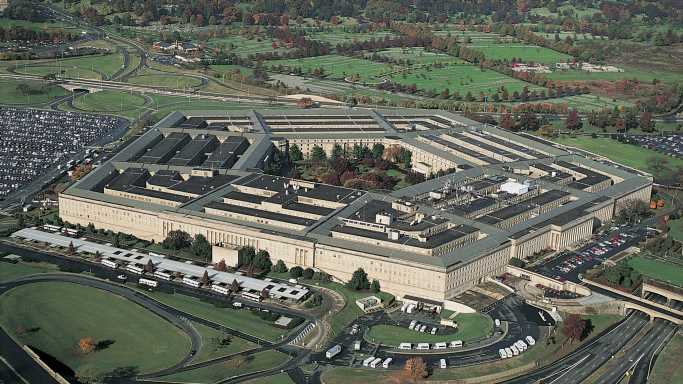The US Military\u2019s 15 Weapons of the Future
The United States has spent more than three-quarters of a trillion dollars on defense annually in recent years, and in March, the White House asked Congress to authorize a Pentagon budget of $842 billion for fiscal year 2024 that begins in October. (Here are 35 billion dollar weapons in the 2024 U.S. military budget.)
The U.S. Treasury reported that in FY 2022 the Department of Defense was the fourth-largest recipient of federal government spending after the Department of Health and Human Services, the Social Security Administration, and the Treasury Department. The defense budget is larger than what the federal government spends on veterans’ affairs, agriculture, transportation, civilian federal workers, and homeland security combined.
The executive branch is proposing that $315 billion of next year’s defense budget be spent on procurement, research and development, testing, and evaluation, the part of the budget that includes buying and developing future defense systems intended to maintain the country’s global military dominance.
To Identify the U.S. military’s 15 future weapons, 24/7 Wall St. reviewed the U.S. Department of Defense Budget FY 2024 Request, which contains an itemized list of major weapon systems expenditures over the last two fiscal years, as well as the requested budget for 2024. The weapons systems on this list are those the military is spending the most on in research, development, testing, and evaluation and only include only those still in development and that are not being delivered this coming fiscal year. The detailed breakdowns of where in the military each system will go, come directly from the DOD budget proposal document, Program Acquisition Cost By Weapons System.
These 15 systems include four aircraft types: advanced pilot training jets, new airborne warning and control system aircraft, next-generation long-range stealth bombers, and two new presidential aircraft with the call sign “Air Force One.” (These are the 25 most expensive weapons in the U.S. military budget next year.)
America’s nuclear triad is receiving upgraded Trident II submarine-based nuclear missiles and the Sentinel land-launched intercontinental ballistic missile, which will replace the Minuteman III.
The most expensive of these 15 weapons systems is the overhead persistent infrared, or OPIR, space based missile warning systems, which replaces the existing missile tracking system that went into service in the mid-1990s.
In total, the executive branch would like Congress to authorize $25.7 billion for the upcoming fiscal year on these 15 weapons of the future.
Here are the costliest U.S. weapons of the future that are currently in development.
Sponsored: Find a Qualified Financial Advisor
Finding a qualified financial advisor doesn’t have to be hard. SmartAsset’s free tool matches you with up to 3 fiduciary financial advisors in your area in 5 minutes. Each advisor has been vetted by SmartAsset and is held to a fiduciary standard to act in your best interests. If you’re ready to be matched with local advisors that can help you achieve your financial goals, get started now.
Source: Read Full Article

